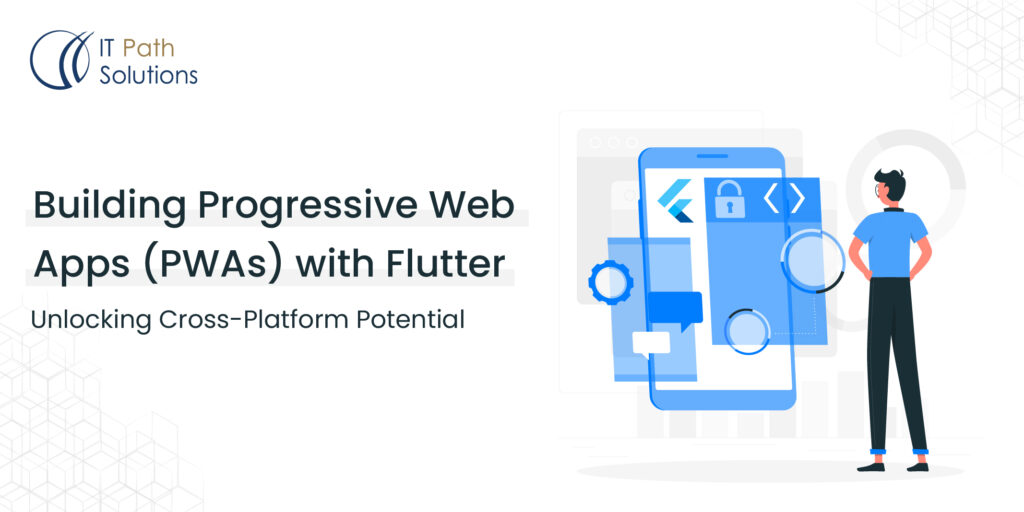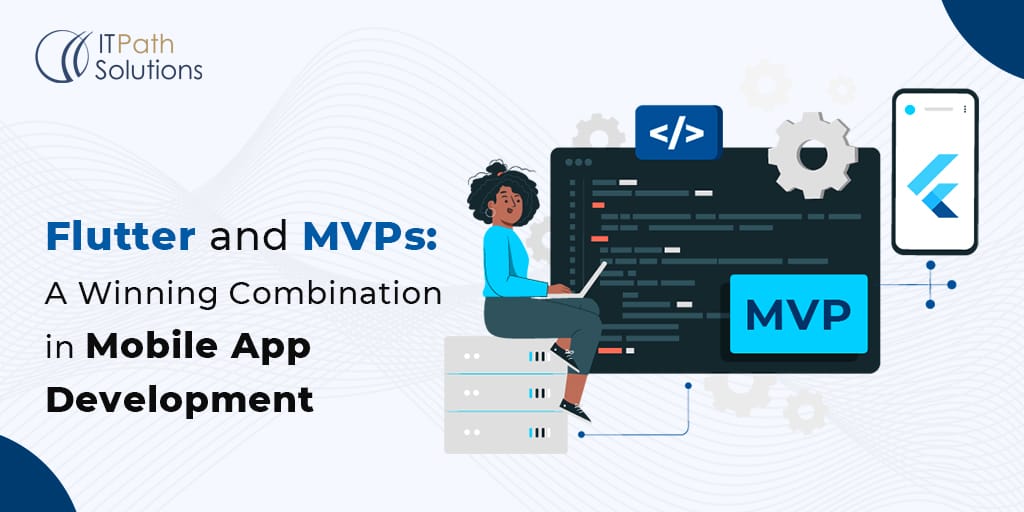Why Serverpod Is The Ultimate Backend Solution For Flutter Development
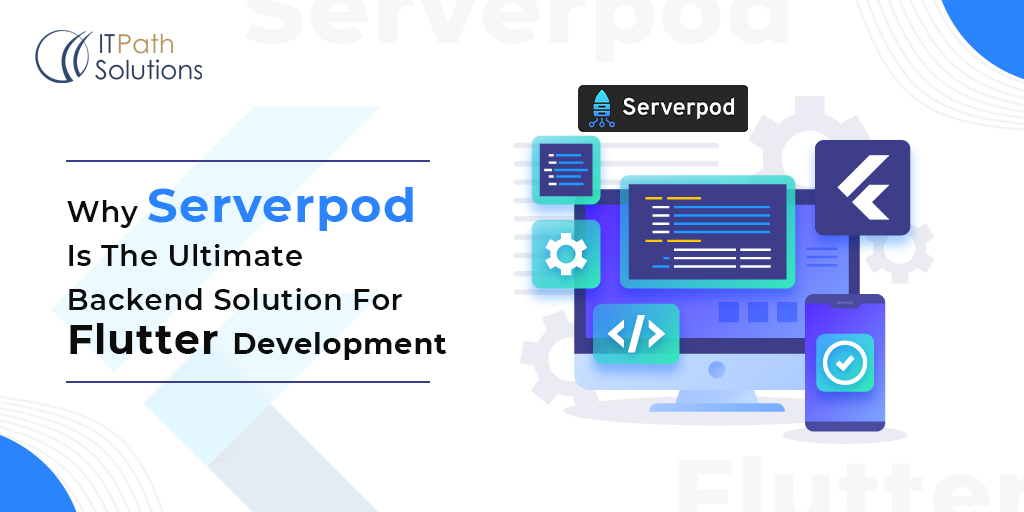
Introduction
In the dynamic world of mobile app development, Flutter has emerged as a powerful framework, attracting developers with its cross-platform capabilities and declarative programming approach. However, building robust and scalable mobile applications with Flutter requires a potent backend infrastructure. Enter Serverpod – a seamless and powerful solution tailored explicitly for Flutter developers.
What is Serverpod?
Serverpod shines as an open-source backend platform, purposefully designed to complement Flutter applications. Leveraging Dart, the same language as Flutter, Serverpod seamlessly integrates with existing Flutter codebases, positioning itself as the go-to choice for developers venturing into backend development.
Key Features of Serverpod
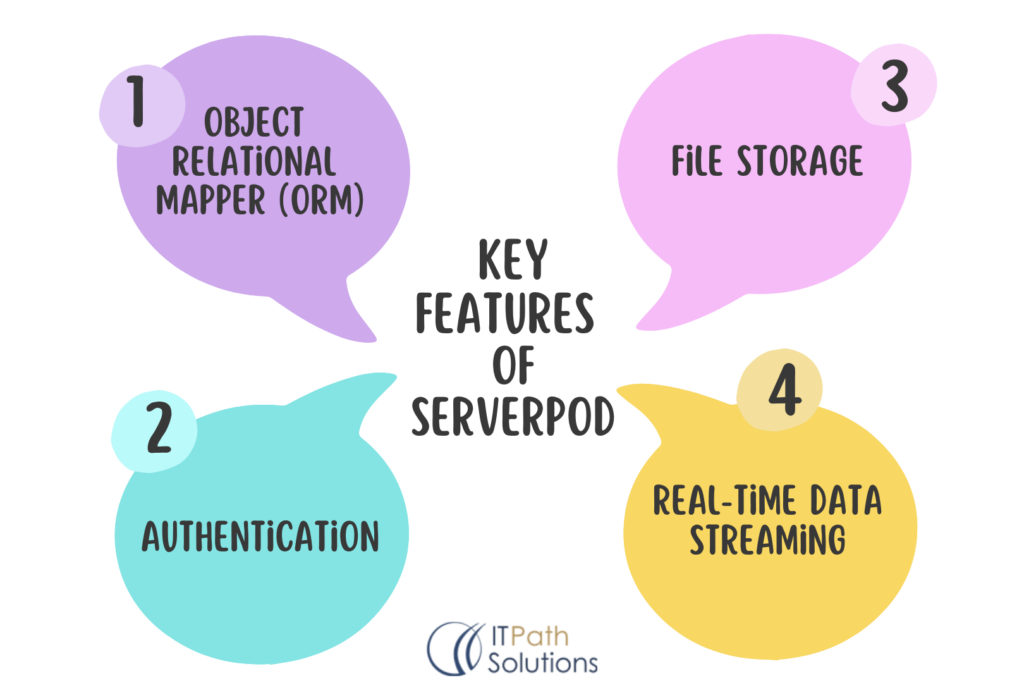
Fig 1. Key Features of Serverpod
- Object Relational Mapper (ORM)
At the core of Serverpod’s capabilities lies its robust Object Relational Mapper (ORM). This feature simplifies data access and manipulation by providing an intuitive API that maps Dart data models directly to database tables. Flutter Developers can define intricate data models using Dart classes and interact seamlessly with them using Serverpod’s API.
- Authentication
User authentication, a critical aspect of any application, is streamlined with Serverpod. It provides built-in support for various authentication providers, including email, social logins, and custom authentication schemes. This flexibility empowers developers to effortlessly integrate secure user authentication into their Flutter applications.
- File Storage
Serverpod addresses the need for secure and scalable file storage. Developers can manage user-uploaded files with ease using Serverpod’s file storage API. From uploading to retrieval and deletion, Serverpod ensures a secure and reliable environment for file storage.
- Real-time Data Streaming
Enabling real-time data streaming through WebSockets, Serverpod allows Flutter applications to receive updates from the server in real time. This functionality opens the door to implementing features like live chat, collaborative editing, and real-time notifications using Serverpod’s WebSockets API.
Benefits of Using Serverpod for Flutter Development
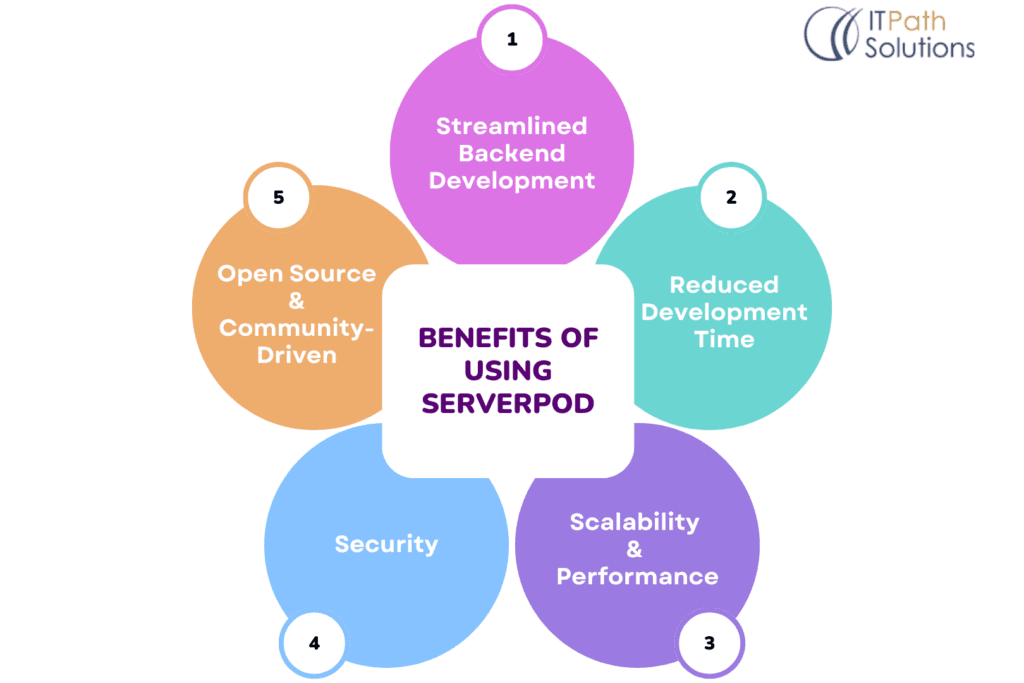
Fig 2. Benefits of Using Serverpod
- Streamlined Backend Development
Serverpod acts as a shield, abstracting away the complexities of backend development. This enables developers to direct their focus towards crafting intuitive user interfaces, leveraging Serverpod’s pre-built features and an intuitive API to streamline backend development.
- Reduced Development Time
Time is of the essence in the world of app development. Serverpod significantly reduces development time with its pre-built features and intuitive API. Developers can sidestep the intricacies of backend development, allowing them to concentrate on building rich and engaging user experiences.
- Scalability and Performance
Designed with scalability in mind, Serverpod ensures applications can seamlessly handle growing user bases and increasing traffic demands. Developers can build applications confidently, knowing that Serverpod can effortlessly accommodate expanding user loads without compromising performance.
- Security
Security is paramount, and Serverpod prioritizes it by implementing various measures to protect user data and prevent unauthorized access. Developers can rest assured that their applications are fortified with robust security measures, safeguarding user data and maintaining user trust.
- Open Source and Community-Driven
Serverpod’s open-source nature is complemented by a thriving community. This community provides comprehensive documentation, support, and opportunities for contributions. Developers can tap into the collective knowledge and expertise of the Serverpod community, fostering a collaborative and supportive environment.
Getting Started with Serverpod
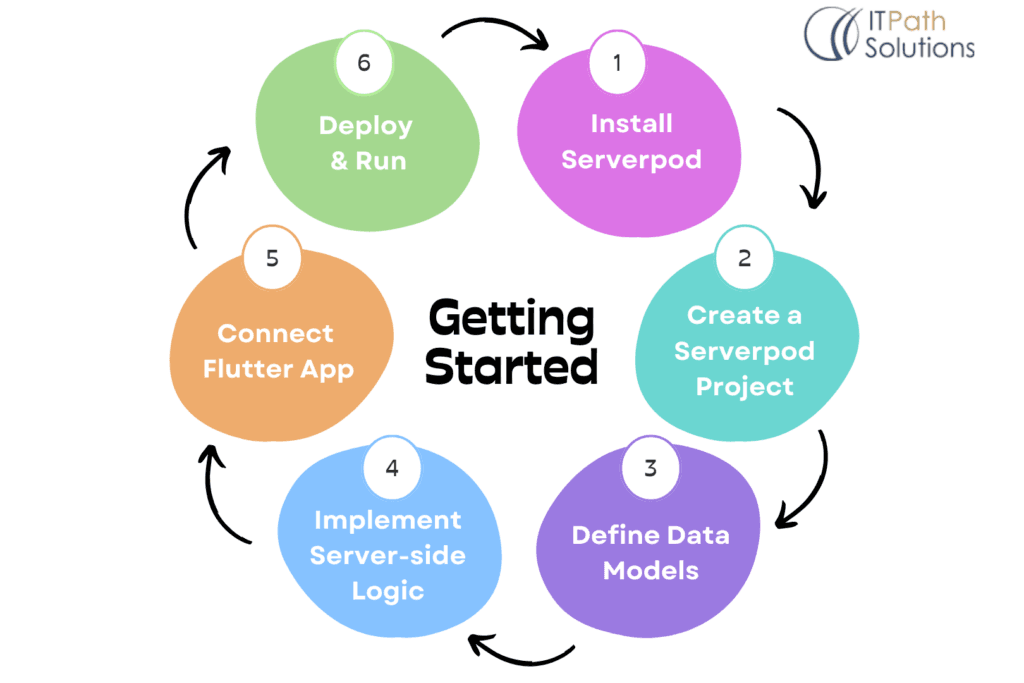
Fig 3.Steps for Serverpod
- Install Serverpod:
The initial step is to install Serverpod on your chosen server or cloud platform. The installation process may vary depending on the platform, but you can find comprehensive instructions on the Serverpod website:
‘https://docs.serverpod.dev/’.
- Create a Serverpod Project:
Once Serverpod is successfully installed, initiate a new Serverpod project using the `serverpod create` command. This command streamlines the project setup, creating a basic structure and configuration:

Fig 4. create serverpod project
- Define Data Models:
Define the data models for your application using Dart classes. These models represent the structure of the data your application will handle. For instance, if you’re developing a task management application, you might create a `Task` class:
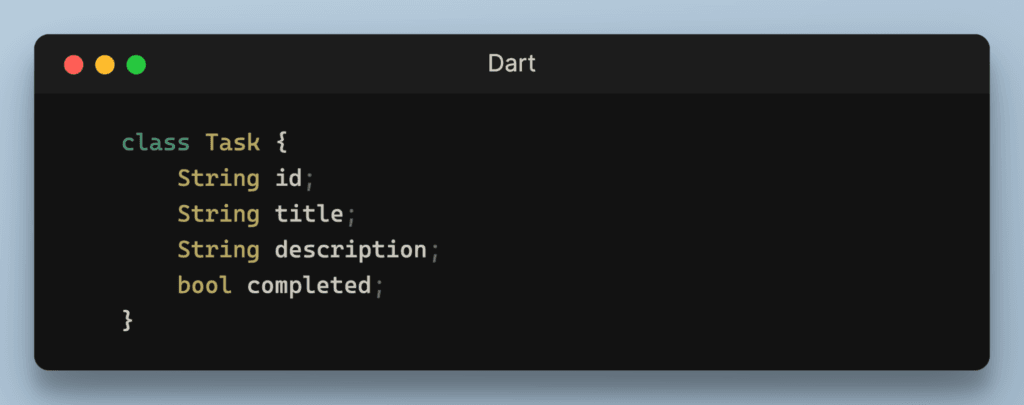
Fig 5. Define data model
- Implement Server-side Logic:
Server-side logic comprises code that runs on the server and handles requests from your Flutter application. Utilize Serverpod’s API to implement this logic. For instance, a function to create a new task might look like this:
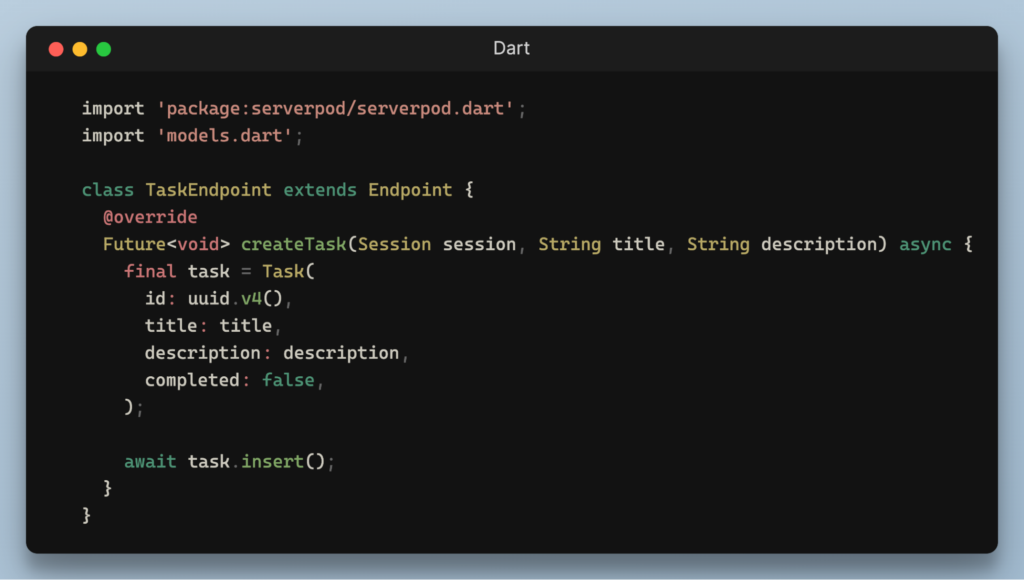
Fig 6. Implement server-side logic
- Connect Flutter App: a. Package Installation:
Add the `serverpod_flutter` package to your Flutter app’s dependencies:
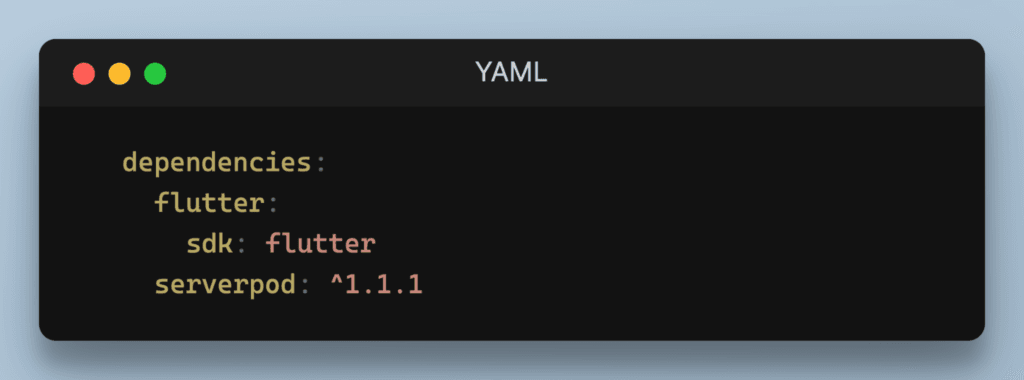
Fig 7. Package Installation
b. Serverpod Initialization:
Initialize Serverpod in your `main.dart` file:
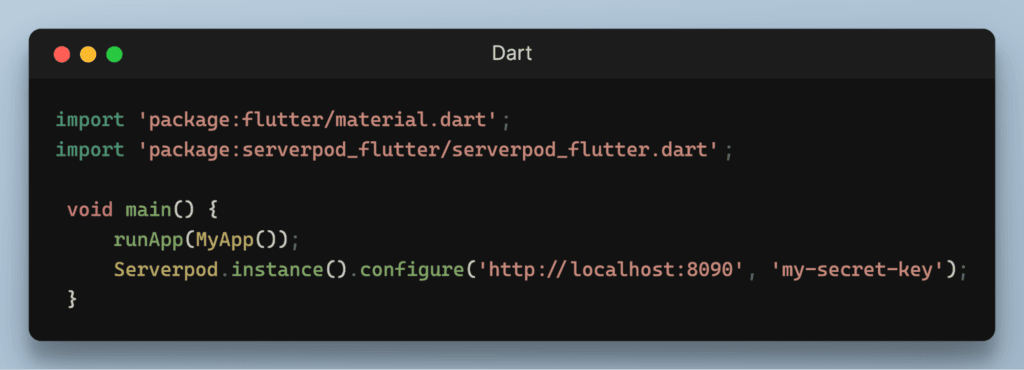
Fig 8. Serverpod Initialization
c. Making API Requests:
Use the `Serverpod.instance()` object to make requests to the Serverpod API from your Flutter app. For example, to get a task:
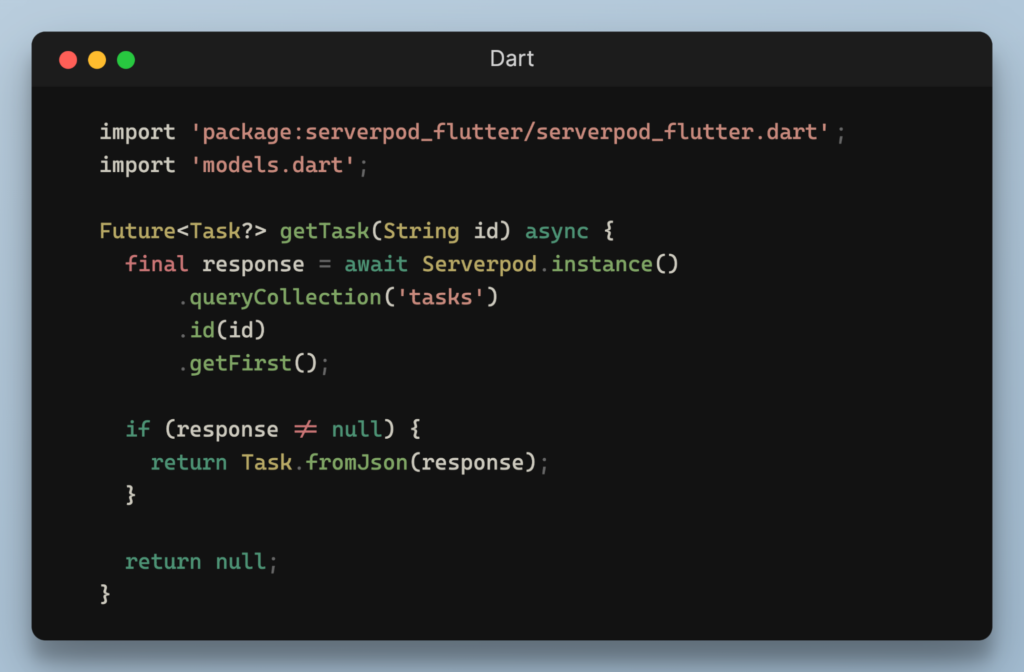
Fig 9. Making API Requests
- Deploy and Run:
a. Serverpod Deployment:
Deploy your Serverpod application to a server or cloud platform. Run the following command on the server:

Fig 10. Serverpod Deployment
b. Flutter App Run:
Execute your Flutter application in your preferred development environment or on a mobile device.
Examples of Serverpod in Action

Fig 11. Examples of Serverpod in Action
Serverpod has proven instrumental in powering a diverse array of real-world applications, showcasing its versatility and capabilities:
Trello-like Task Management App
Imagine a collaborative task management app inspired by Trello. Serverpod seamlessly handles the backend aspects, providing features such as data management through the ORM, user authentication, and real-time task updates via WebSockets.
Social Media App
Envision a social media app where users connect, share posts, and engage with each other’s content. Serverpod serves as a reliable backend partner, managing user authentication, secure data storage
for user-uploaded content, and real-time notifications through WebSockets.
Chat App
Visualize a real-time chat app facilitating instant communication between users. Serverpod’s backend capabilities shine through, handling user authentication, enabling real-time message exchange using WebSockets, and enhancing the overall chat experience with user presence management.
E-commerce App
Consider an e-commerce app where users browse products, add items to their cart, and complete purchases. Serverpod proves to be a dependable backend solution, managing product listings through the ORM, securely storing shopping cart data, and integrating with payment gateways for seamless payment transactions and order processing.
These examples underscore Serverpod’s versatility, showcasing its prowess in data management, user authentication, real-time communication, and secure file storage.
Conclusion
In the ever-evolving landscape of backend platforms for Flutter development, Serverpod emerges as a frontrunner. Its comprehensive features, intuitive API, and open-source nature position it as an ideal choice for building scalable, secure, and performant Flutter applications. With a growing community and active development, Serverpod stands poised to become an indispensable tool for Flutter developers in the foreseeable future.
 Healthcare
Healthcare  Education
Education  Real Estate
Real Estate  Logistic
Logistic  Themes
Themes
 Plugins
Plugins
 Patterns
Patterns




